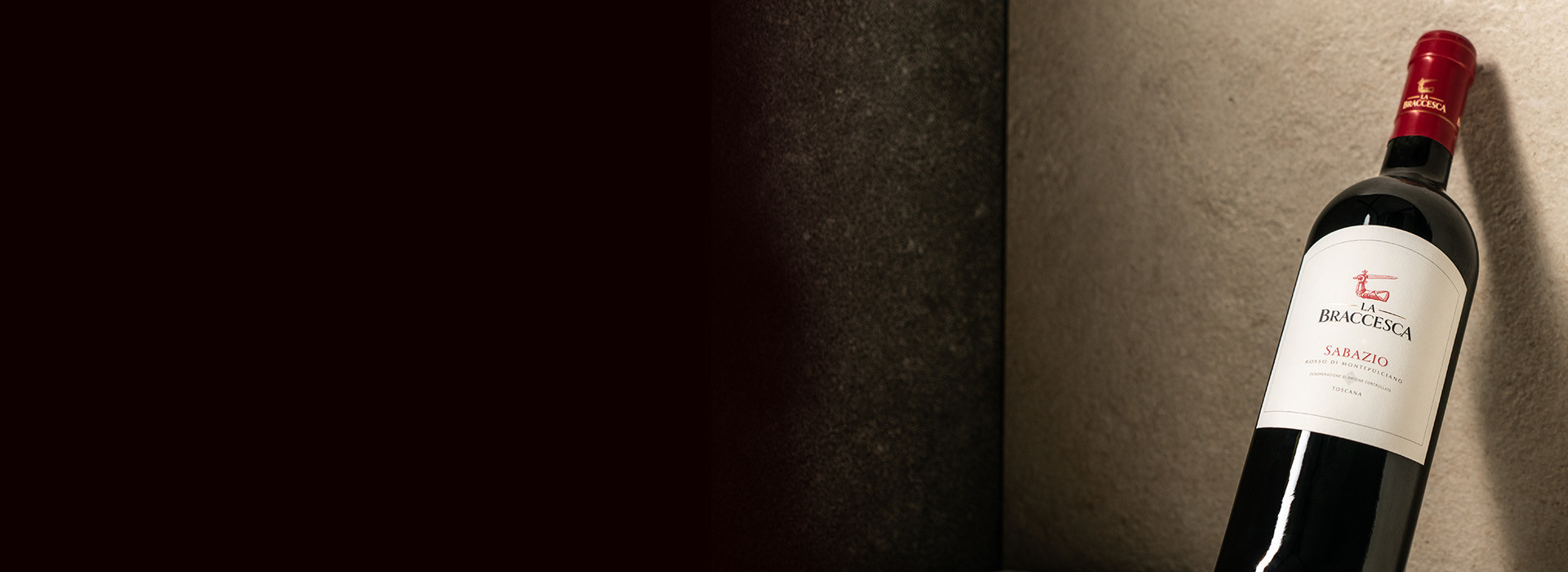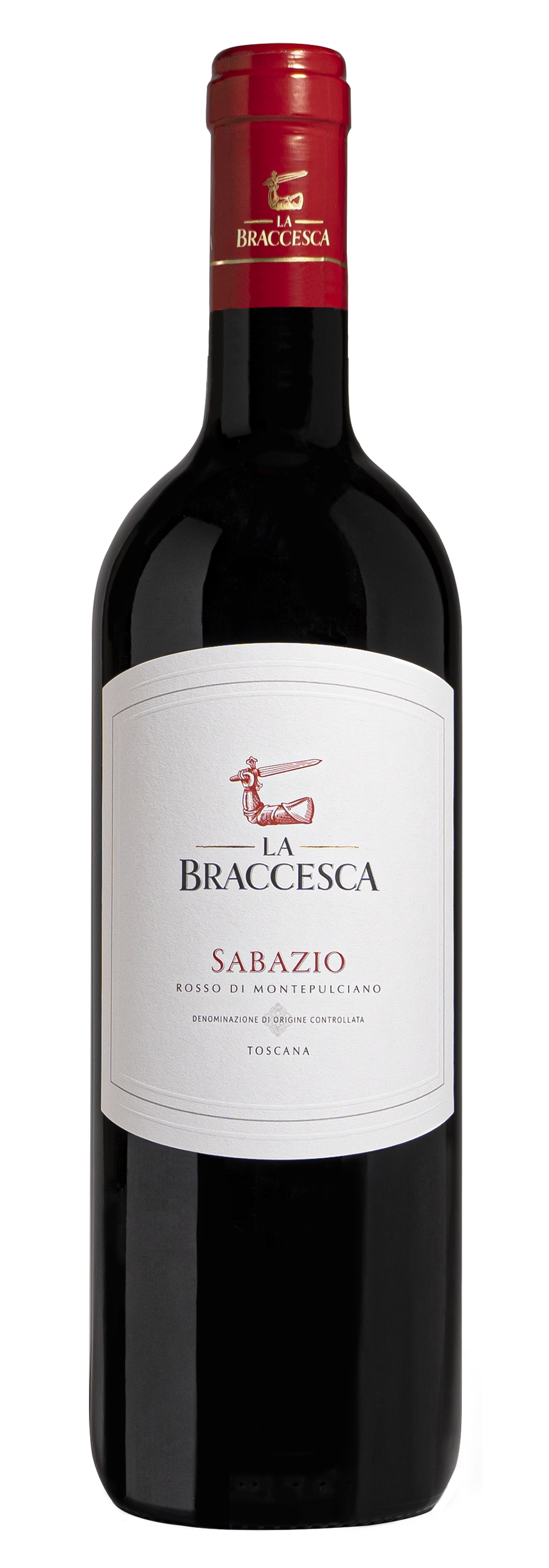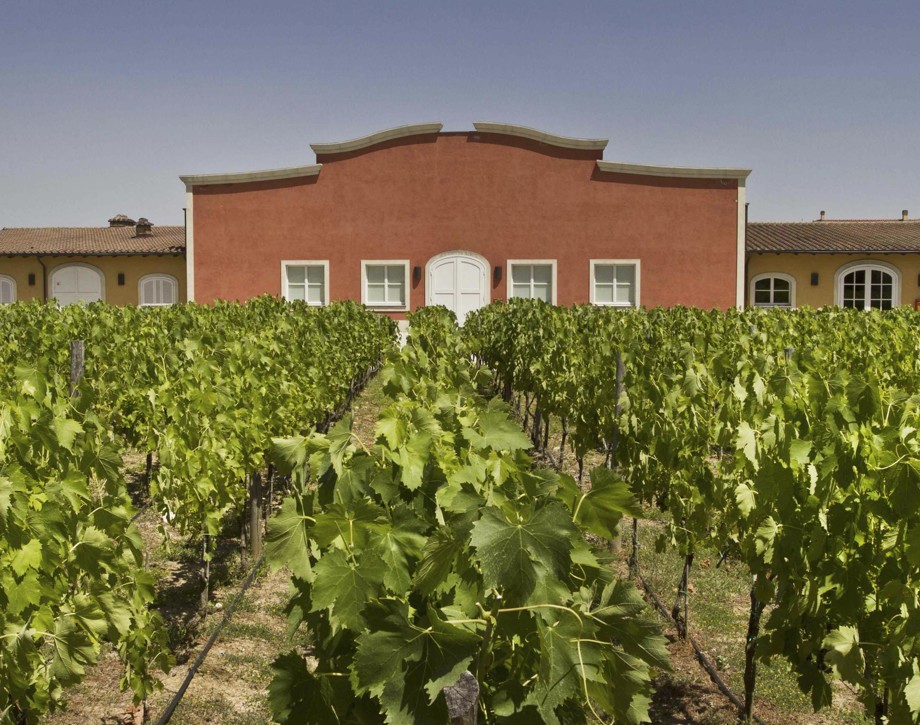Sabazio

Climate
The first part of the year was characterized by rains and above average temperatures. Spring began with dry weather and then became rather variable, first accelerating vine growth and development, then delaying it at the onset of summer. The ripening of the grapes was rather inhomogeneous from variety to variety; the early-ripening varieties were picked more or less at the same time as in previous years and the wines produced, though a bit lighter in structure, show a good acidity and much aromatic freshness. Late-ripening varieties such as Sangiovese benefitted by the fine weather which returned during the second half of September and early October and gave wines which were less alcoholic and potent compared to those of recent vintages but elegant and flavorful in character.
Vinification
After a cool summer marked by some rainfall as well, the grapes for Sabazio were picked around mid-September. The weather of the growing season gave wines with more fragrance and fruit than body, and the fermentation sought to bring out the first rather than the second set of characteristics. After a seven day fermentation in stainless steel tanks, the wine went into large oak casks where it went through a complete malolactic fermentation and began and aging period which lasted approximately four months. The wine was then prepared for bottling.
Historical Data
Fattoria La Braccesca extends over a total surface area of over 1,250 acres and is composed of two separate blocks: the historic nucleus is located in the town of Montepulciano with some 255 acres planted to vines in the finest sub-zones of the appellation. The other block, with 580 acres of grapes, is situated at the foothills of the town of Cortona. The name of the wine was inspired by Sabatino Lulli, known as Sabazio, a monk of the abbey of Montepulciano, who, for first, in medieval times, offered indications for the production of wine at Montepulciano. The first production of this wine in the zone dates from the 1992 vintage.
Tasting Notes
The 2014 Sabazio contains all of the defining characteristics of a cool vintage. The nose shows notes of fresh fruit and flowers, which then continue on the palate along with a bracing acidity and mineral notes. The finish is supple and savory.

The Wine
Sabazio Vino Rosso di Montepulciano has the freshness associated with the traditional Sangiovese variety together with vibrant aromas characteristic of Merlot in a unique expression of the centuries-old Montepulciano territory. The wine takes its name from Sabatino Lulli, known as “Sabazio”, a monk from the Montepulciano Abbey who was the first to give indications on how to produce wine from the local varieties.

Climate
The first part of the year was characterized by rains and above average temperatures. Spring began with dry weather and then became rather variable, first accelerating vine growth and development, then delaying it at the onset of summer. The ripening of the grapes was rather inhomogeneous from variety to variety; the early-ripening varieties were picked more or less at the same time as in previous years and the wines produced, though a bit lighter in structure, show a good acidity and much aromatic freshness. Late-ripening varieties such as Sangiovese benefitted by the fine weather which returned during the second half of September and early October and gave wines which were less alcoholic and potent compared to those of recent vintages but elegant and flavorful in character.
Vinification
After a cool summer marked by some rainfall as well, the grapes for Sabazio were picked around mid-September. The weather of the growing season gave wines with more fragrance and fruit than body, and the fermentation sought to bring out the first rather than the second set of characteristics. After a seven day fermentation in stainless steel tanks, the wine went into large oak casks where it went through a complete malolactic fermentation and began and aging period which lasted approximately four months. The wine was then prepared for bottling.
Historical Data
Fattoria La Braccesca extends over a total surface area of over 1,250 acres and is composed of two separate blocks: the historic nucleus is located in the town of Montepulciano with some 255 acres planted to vines in the finest sub-zones of the appellation. The other block, with 580 acres of grapes, is situated at the foothills of the town of Cortona. The name of the wine was inspired by Sabatino Lulli, known as Sabazio, a monk of the abbey of Montepulciano, who, for first, in medieval times, offered indications for the production of wine at Montepulciano. The first production of this wine in the zone dates from the 1992 vintage.
Tasting Notes
The 2014 Sabazio contains all of the defining characteristics of a cool vintage. The nose shows notes of fresh fruit and flowers, which then continue on the palate along with a bracing acidity and mineral notes. The finish is supple and savory.

Tenuta La Braccesca
The estate’s name comes from the historical farm that once stood there, owned by the Count of Bracci, whose coat of arms appears on the estate’s logo; an arm covered with armor brandishing a sword. Marchesi Antinori acquired the estate in 1990. The property extends over an area of 508 hectares (1255 acres) and the vineyards cover an area of 340 hectares (840 acres) divided into two blocks: the first is 366 hectares (904 acres) of which 237 (585 acres) are planted with vineyards and is located on the border between the cities of Montepulciano and Cortona. The other block is 142 hectares (350 acres) of which 103 (254 acres) are planted with vineyards, it extends all the way to Montepulciano encompassing three of the most famous parcels of land known for the production of great red wines: Cervognano, Santa Pia and Gracciano.

Soil
Sandy loam rich in very fine gravel.
















